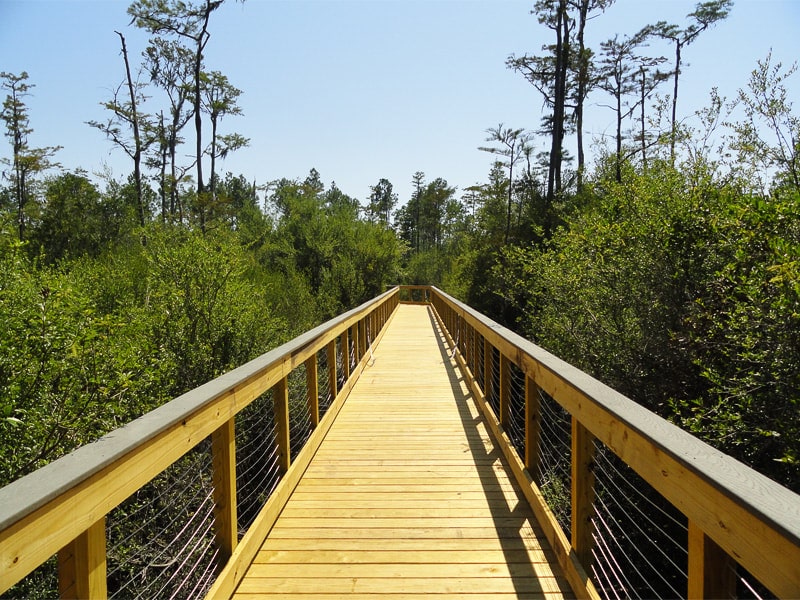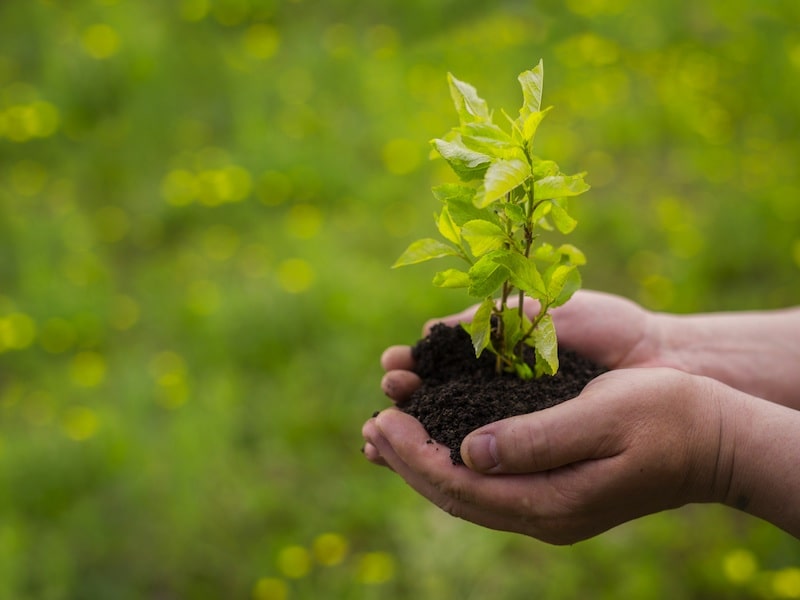Conserving nature through trails

Community management of natural areas has become one of the most effective strategies for environmental conservation. In Costa Rica, the partners of the rural community tourism network ACTUAR are a reference example.
The management of protected natural areas is not only the heritage of the public administration, it can also come from organizations and/or associations linked to the territories where the natural areas are located.
The data comes from the World Bank and these territories are neither private nor public, but communal”. That is why it must be taken into account that nature conservation can come in many forms and one of them, very efficiently, is through local and/or indigenous communities. A management of the common good from the base to be taken into account.
ACT: a commitment to reforestation
An example of community-based conservation of natural environments is the management of the ACTUAR network in Costa Rica, which stands for Alianza Comunitaria de Turismo Rural para la Conservación del Territorio. The network is made up of thirty-six partners from different rural communities and one of its objectives is the promotion of community-based tourism with the mission of bringing groups of ecotourists to the territories where their different partners are located.
Twenty-seven of the thirty-six partners began with tourism as a way of guaranteeing funds for the conservation of the places in which they lived. These funds obtained have been used for nature conservation on land that the respective associations have acquired in property with the objective of conserving the primary forest and, above all, for reforestation on land that had been agricultural and not very productive at the time and thus recovering the forest in areas where it had been cut down.
This reforestation is crucial for the improvement of the biodiversity, the climate and to stop the erosion of the land; and more so since they are located in biological corridors that connect different National Parks. Costa Rica has a rich network of National Parks, but these have to be connected in order to maintain the genetic diversity of the different species protected in them, which is why the importance of reforestation in these lands, which are outside the Parks, is so important.
Creation of paths
Another common feature of ACTUAR’s conservation partners is the adaptation of trails to visit the farms they are protecting and conserving. These trails have the function of bringing the visitor closer to the natural values of the area.
They are trails of different difficulty and length in which during the journey through secondary and primary forests you can observe and understand nature, and allow us to see ancient trees, a great diversity of birds, water sources and an ecosystem in which large cats still live (jaguars, pumas, …).

Being managed by associations where the members come from the local communities makes the trails have extraordinary guides to offer with passion an interpretation along the trail. An interpretation that is essential for visitors to understand the values and importance of their conservation.
Without a doubt, this type of non-institutional conservation offers several advantages to be taken into account: although it is slower in terms of the recovery of natural values, it offers a base work and a participation of the local communities that allows it to be more solid in time.
Some examples
To illustrate these experiences we give three different examples of conservation from three ACTUAR partners: El copal, Nacientes de Pamichal and El Encanto.
The Reserve El Copal in the canton of Pejibaye de Jiménez, province of Cartago, began with the acquisition of some land by different neighbors of the community. The first intention was to develop a productive agricultural activity in the area. Later, because of the low agricultural productivity, it was reconverted into a forest reserve, conserving the primary forest and reforesting the crops to develop a secondary forest with the intention of promoting ecotourism in the area.
A lodge was set up and over time it has become a point of great interest for ornithologists everywhere. At the same time, the trail offers facilities for researching large mammals by enabling, monitoring and maintaining movement-sensitive night cameras to take pictures of jaguars or pumas, among others.
Nacientes de Pamichal is a reserve acquired by members of the community of Pamichal in the municipality of Acosta. The primary objective was to conserve water springs and thus guarantee the quality of the water collected downstream and used by tens of thousands of inhabitants in the area.
A hostel, an environmental education classroom and a path to visit the springs and the stream they have formed were set up in the area. At the same time, the area is being reforested and there is a vigilance to report or prevent any environmental impact that could affect the ecosystems.
